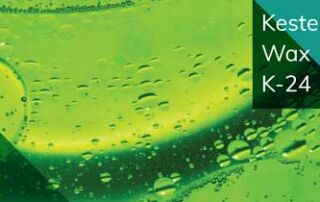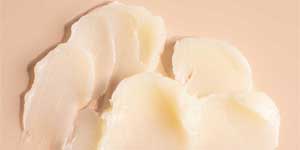Kester K-45
Download Brochure
Kester K-45
NATURAL LUXURY FROM JOJOBA
Kester K-45 is a soft, creamy paste of jojoba esters created by transesterification of jojoba oil and wax. This natural ester provides a smooth, luxurious feel while delivering emolliency, stability, and moisture retention. It is an excellent emollient making it ideal for a wide range of formulations. It offers non-greasy emolliency, oxidative stability, and a luxurious skin feel. It can be used in both wash off and leave on applications.
MULTIFUNCTIONAL BENEFITS
Moisturizes & Protects: Reduces dryness, roughness, and flakiness Strengthens Skin: Supports heathy skin barrier Luxurious Feel: Non-greasy, smooth sensory profile Color Cosmetic Performance: Enhances coverage, payout, and oxidative stability Hair Care: Reduces wet and dry comb friction, enhances shine
Request A Sample
To request a wax sample please click HERE.
Request Information
To obtain further details on this program, use information in your marketing story, or ask other questions, email us HERE.
APPLICATIONS Skin Care: Creams, lotions, serums, masks, balms Color Cosmetics: Lipsticks, foundations, primers Hair Care: Conditioners, treatments, styling products Sun & Baby Care: Sunscreens, after-sun, diaper creams FORMULATION GUIDELINES Use Level: 1–10% depending on system and desired effect Form: Soft white paste Melting Point: 42-48°C Processing: Add to the oil phase; process between 58- 85°C
AT A GLANCE
Skin Care Studies Coming
Sensorial Tests Moisture Barrier Skin Moisturization RIPT
Hair Care Studies Coming
Wet Combing Dry Coming Shine Sensorial Tests







